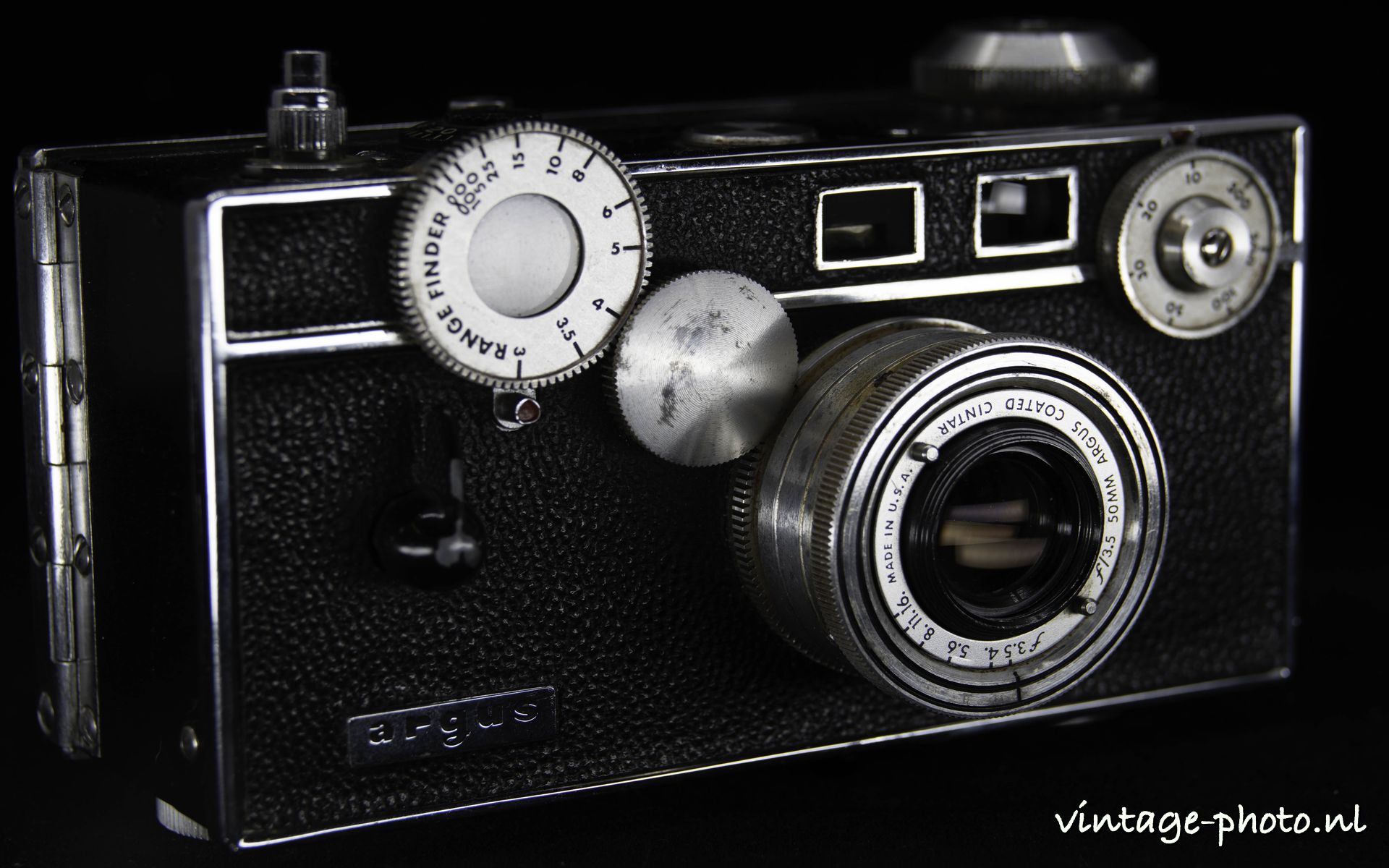The Argus C3, nicknamed “The Brick”, is one of the most iconic and recognizable cameras of the twentieth century. Produced in the United States from 1939 to 1966, millions were sold, making it the first serious 35mm camera for countless amateur photographers. But how does this vintage rangefinder hold up today?
The nickname “The Brick” fits perfectly: it’s literally a rectangular block of bakelite and metal without anything to really like. It feels solid and nearly indestructible, though also bulky and awkward to hold. The many knobs, dials, and levers look intimidating at first, but they give the camera a unique mechanical charm.

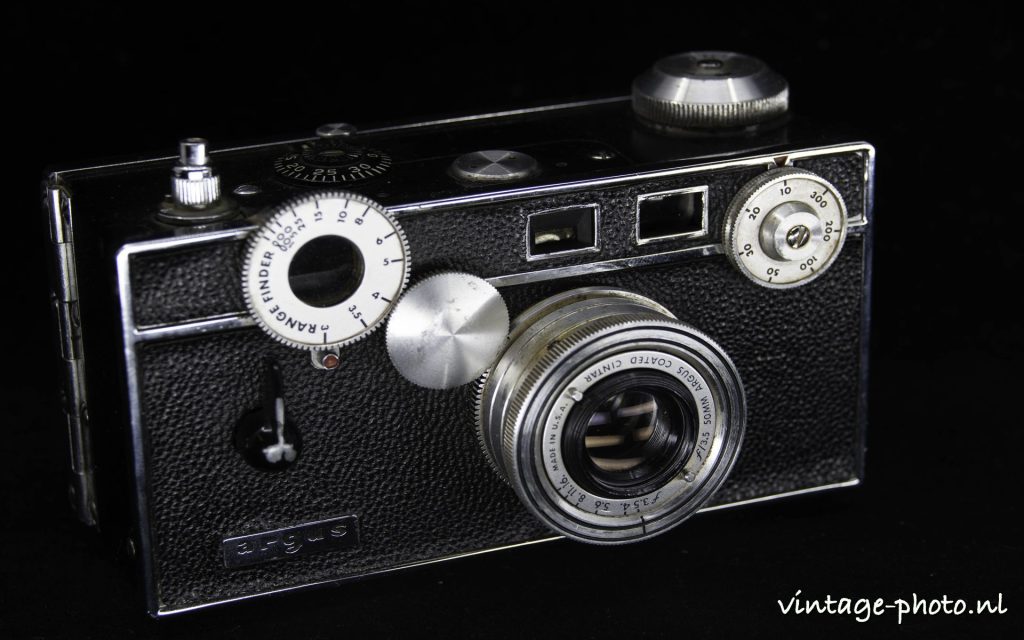
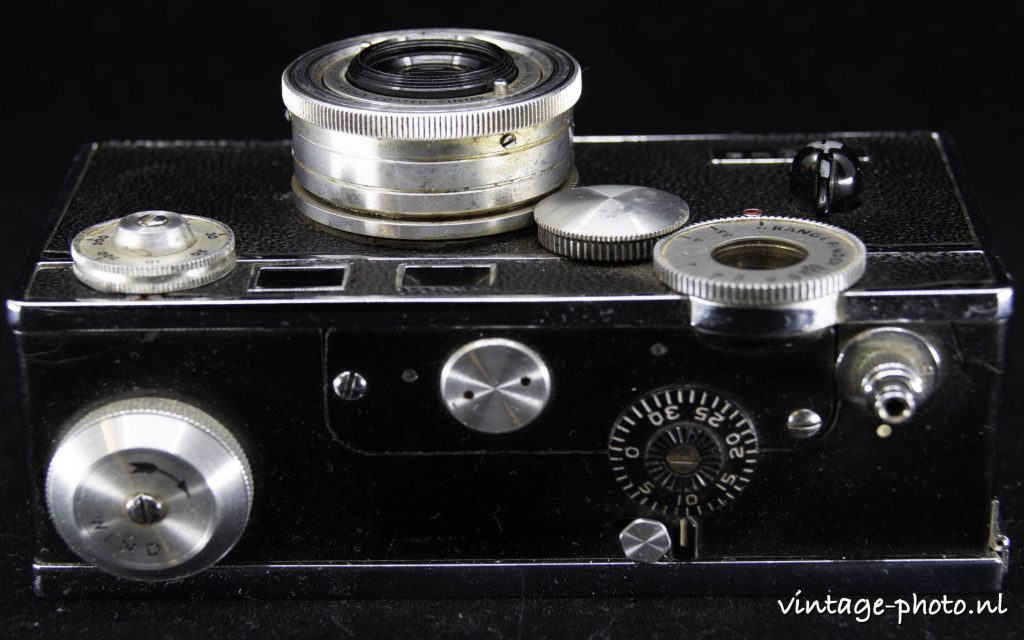
Handling & Use
Using the Argus C3 requires patience and practice. Film advance is handled by a winding knob, which is slower than the lever systems found on later cameras. Focusing is done through a coupled rangefinder that, while accurate, isn’t particularly smooth in operation. Both shutter speed and aperture need to be set manually, often guided by the Sunny 16 rule or an external light meter. Despite these challenges, once you become accustomed to its quirks, the C3 proves to be a rewarding camera—one that offers a very hands-on way to learn and appreciate the fundamentals of photography.
The shutter on the Argus C3 is a simple yet very mechanical system, which partly explains why the camera earned its “brick” nickname. It uses a leaf shutter located behind the lens, built into the camera body rather than into each lens, which helped keep production costs low. Shutter speeds range from 1/10s to 1/300s, plus Bulb (“B”), and are set using a rotary dial on the front of the camera. To operate it, you first advance the film with the winding knob and then cock the shutter manually with a small lever on the front. Pressing the shutter release button on top of the camera then trips the mechanism, causing the blades to open and close to expose the film. A few quirks are worth noting: the shutter isn’t self-cocking, so forgetting to set it before shooting is a common beginner’s mistake, and it’s best to change shutter speeds before cocking the shutter to avoid stressing the mechanism. Though clunky compared to modern designs, the C3’s shutter is durable and contributes to its reputation as a tough, no-frills workhorse.
To load film into the Argus C3, start by sliding the two locking tabs downward to open the back of the camera. Place a 35mm film cassette on the left side, then pull the film leader across and insert it into the take-up spool on the right. Wind the knob and press the shutter a couple of times to make sure the film is advancing properly, then close the back securely. Finally, use the red window and frame counter to advance the film to frame 1, and the camera is ready to shoot.
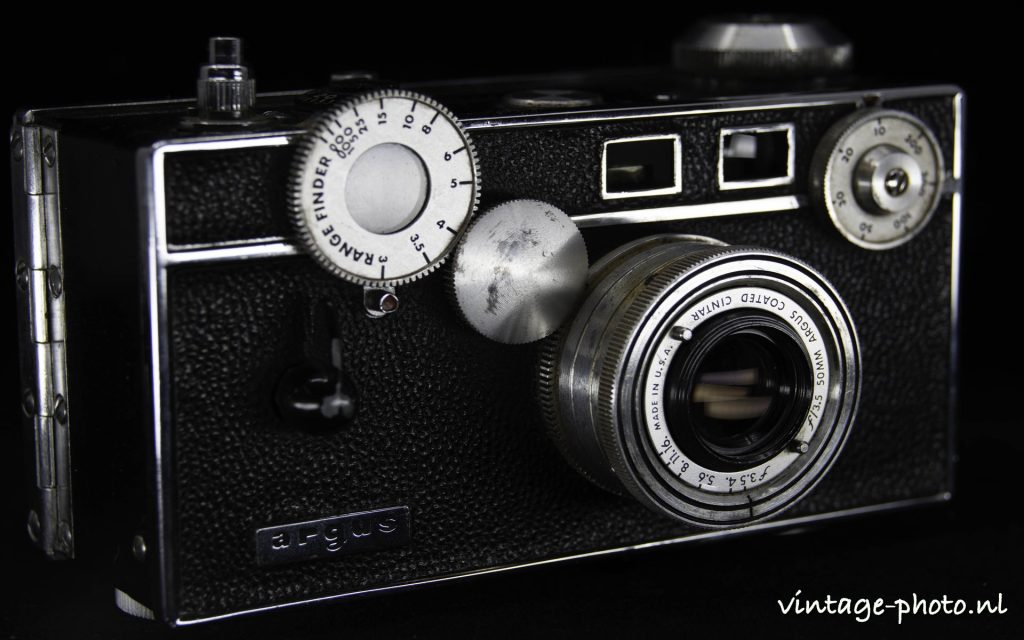
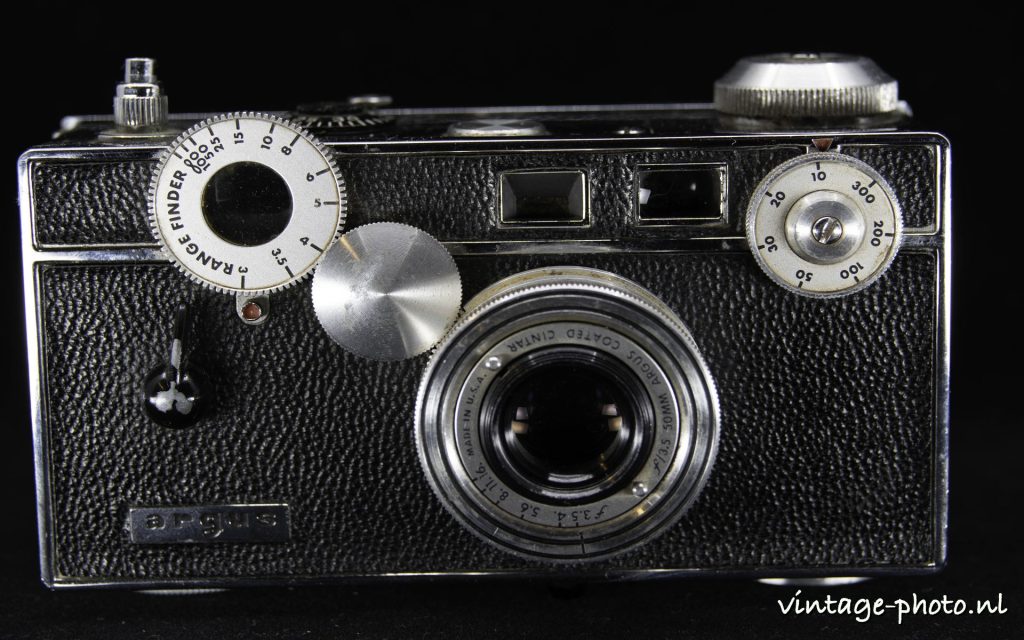
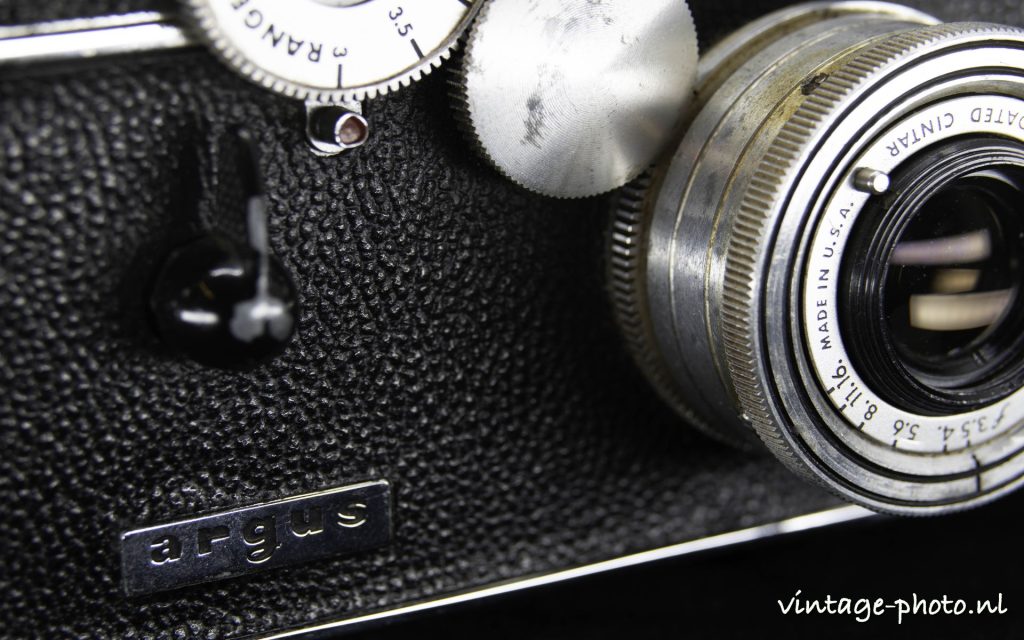
The standard Argus Cintar 50mm f/3.5 lens delivers images that are better than you’d expect from a budget camera of the era. At f/8 or f/11, sharpness is quite good, though contrast is lower compared to modern lenses and slight distortions may appear. Still, the C3 produces a classic vintage look, especially on black-and-white film. It has a respectable sharpness in the center when stopped down (f/8–f/11). Wide open at f/3.5 it’s noticeably soft, especially toward the corners. The contrast is lower than modern coated lenses, giving a flatter, vintage look. Many photographers like this for classic black-and-white rendering. Early versions were uncoated, which can make them more prone to flare and lower contrast. Later post-war versions had single coating, which improves color and reduces reflections. The Bokeh is somewhat harsh and busy I would say, especially at wider apertures. Not its strongest feature.
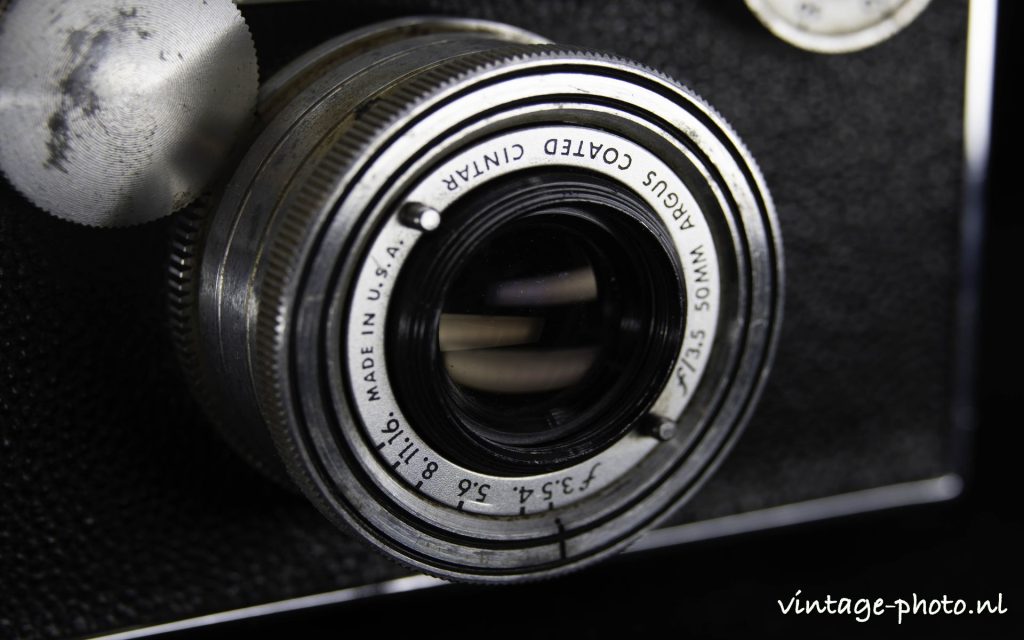
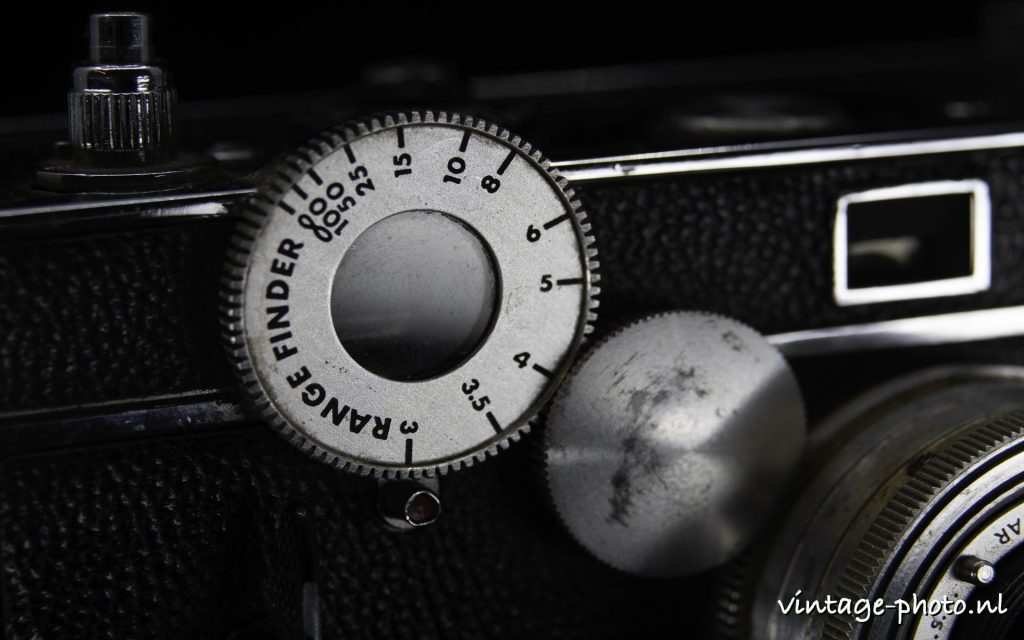
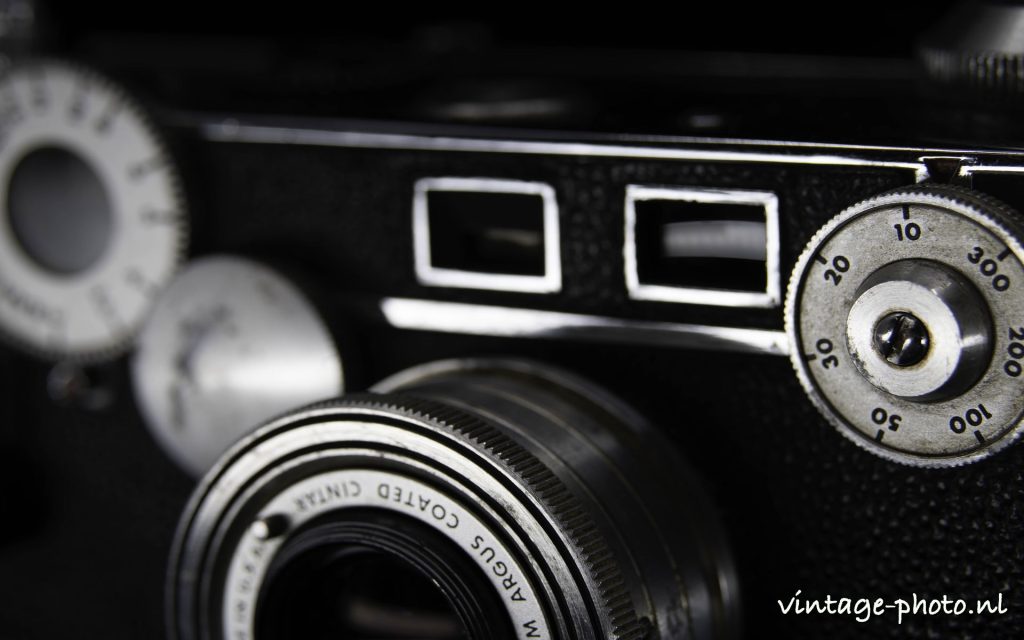
For casual or artistic photography, the lens can deliver very pleasing, characterful images. It’s not clinically sharp like a Leica or Zeiss of the same era, but that “imperfection” is part of its charm. Black-and-white film especially suits it, producing a classic 1940s–50s look.
The famous C3 is for a vintage camera really usable, surprisingly good when stopped down, but with quirks that give it a distinctive vintage character.
The Argus C3 is not a camera for those seeking convenience or speed, but it is a must have in any serious collection. So, for vintage camera enthusiasts, collectors, or anyone who wants to experience the roots of 35mm photography, The Brick is a fascinating and affordable piece of history. Its quirks and limitations force you to slow down and shoot deliberately—something that can be refreshing in today’s digital age.
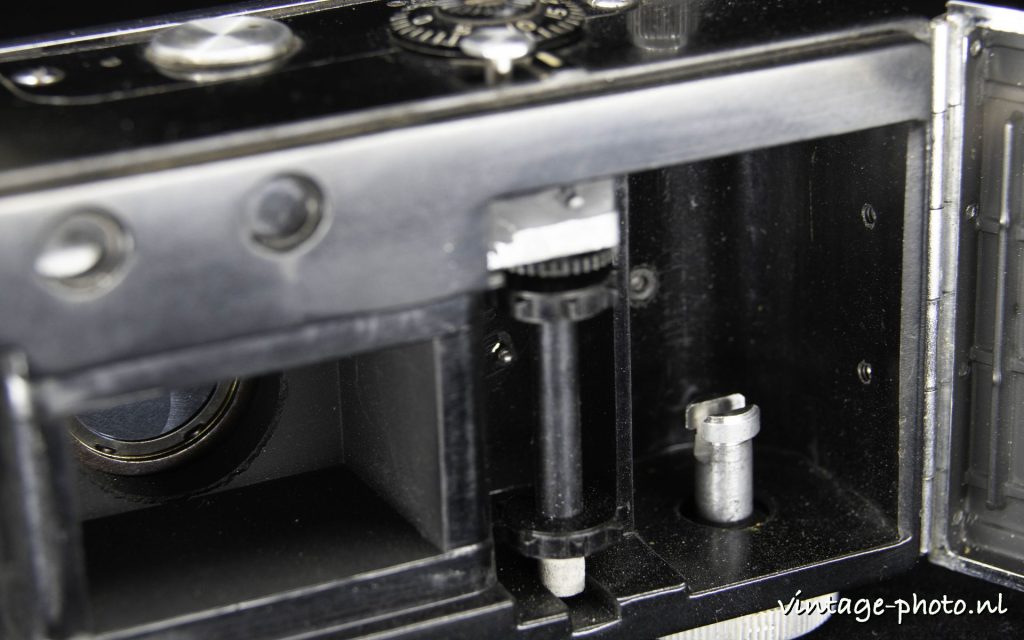
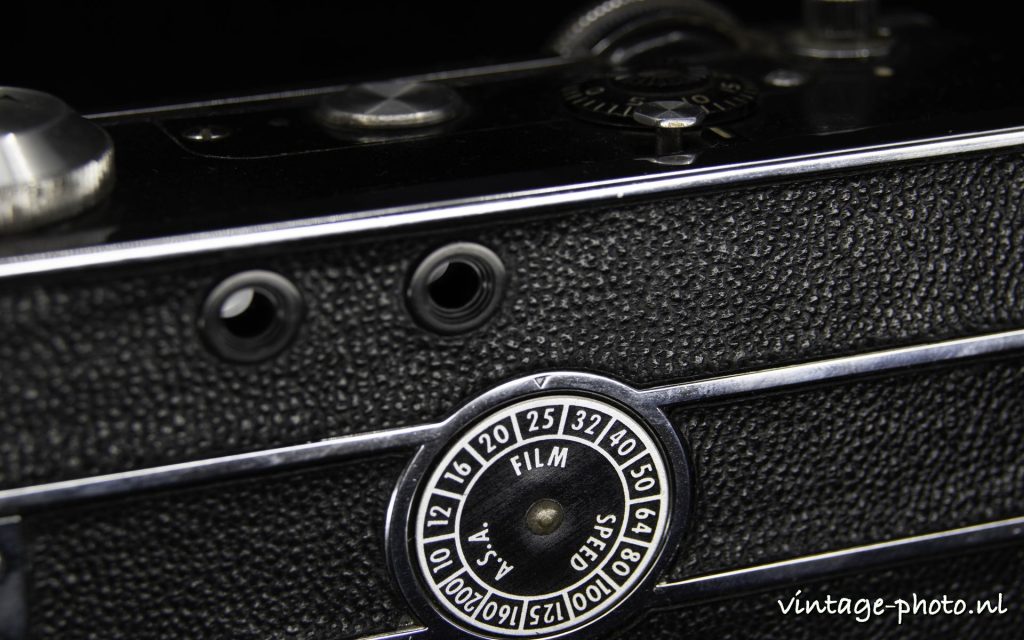
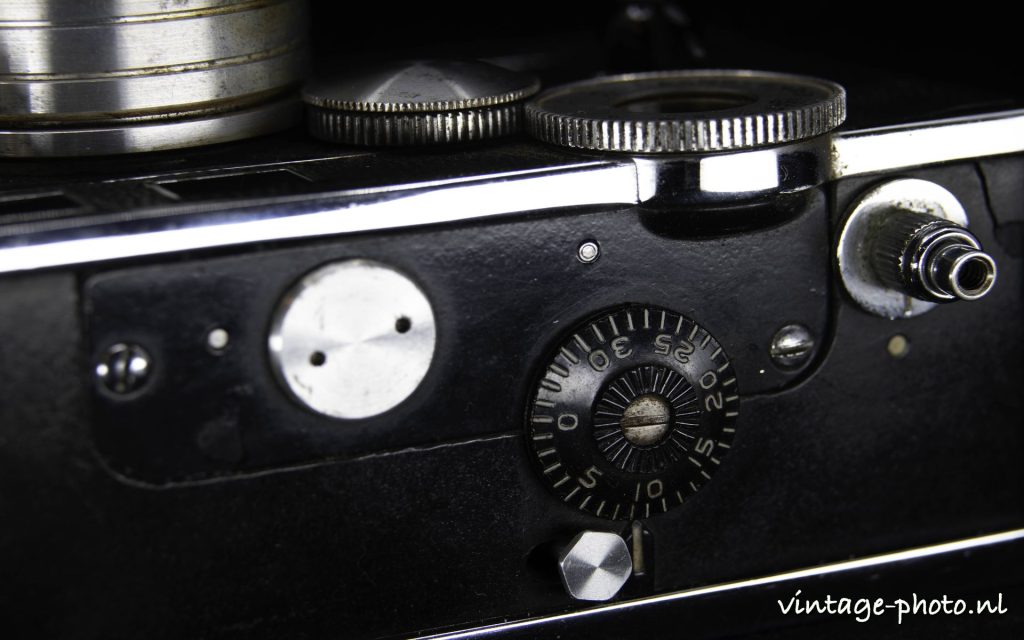
👍 Pros
- Durable, reliable, almost indestructible.
- Affordable and widely available second-hand.
- Surprisingly good lens at mid-range apertures.
- A true historical icon with nostalgic charm.
👎 Cons
- Heavy, blocky, and not very ergonomic.
- Slow film advance and clumsy controls.
- No built-in light meter.
- Outdated design may frustrate beginners.

